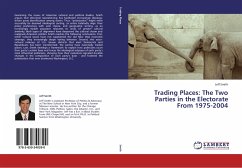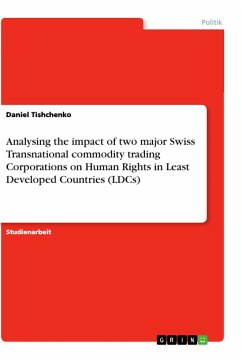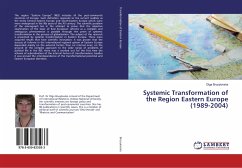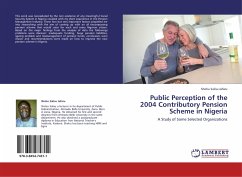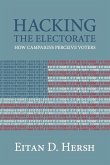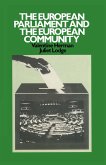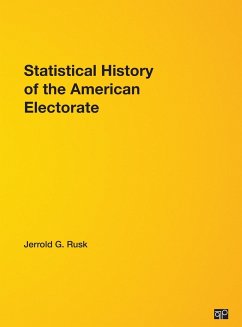Examining the nexus of American cultural and political divides, Smith argues that elite-level repositioning has facilitated increasingly ideology-driven party identification among voters. Thus, polarization might more accurately be deemed ideological sorting, as voters belatedly align their policy preferences with vote choice, and geographic sorting, as an increasingly mobile populace relocates to areas of greater cultural similarity. Both types of alignment have deepened the cultural chasm and realigned American politics. Smith reaches the following conclusions. First, while cultural issues have not supplanted the old New Deal economic cleavage, they increasingly shape voting behavior. Second, the socio-cultural makeup of U.S. House districts that elect Democrats and Republicans has been transformed; the parties have essentially traded places. Last, Smith develops a framework to explain how politicians court their party s activist base and traces the ideological odysseys of eachparty s most influential politicians, showing how their evolutions signaled durable changes in the composition of each party s base - and fostered the polarization that now dominates Washington, D.C.
Bitte wählen Sie Ihr Anliegen aus.
Rechnungen
Retourenschein anfordern
Bestellstatus
Storno

